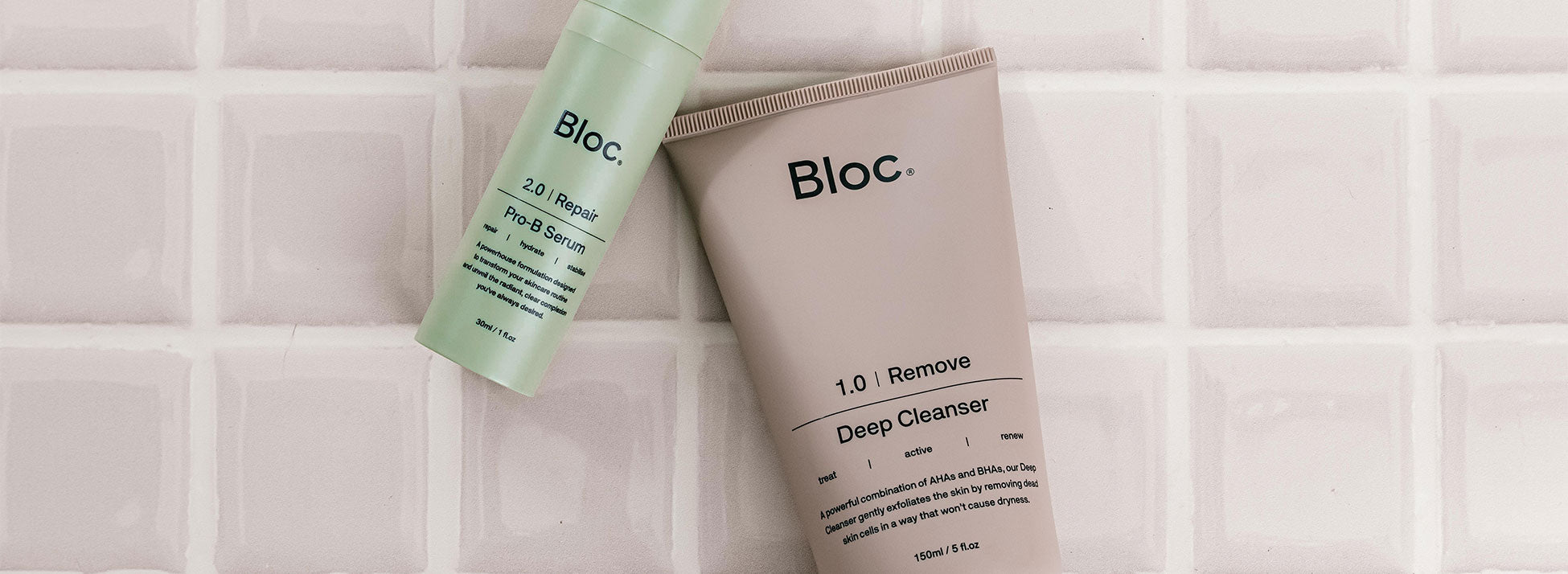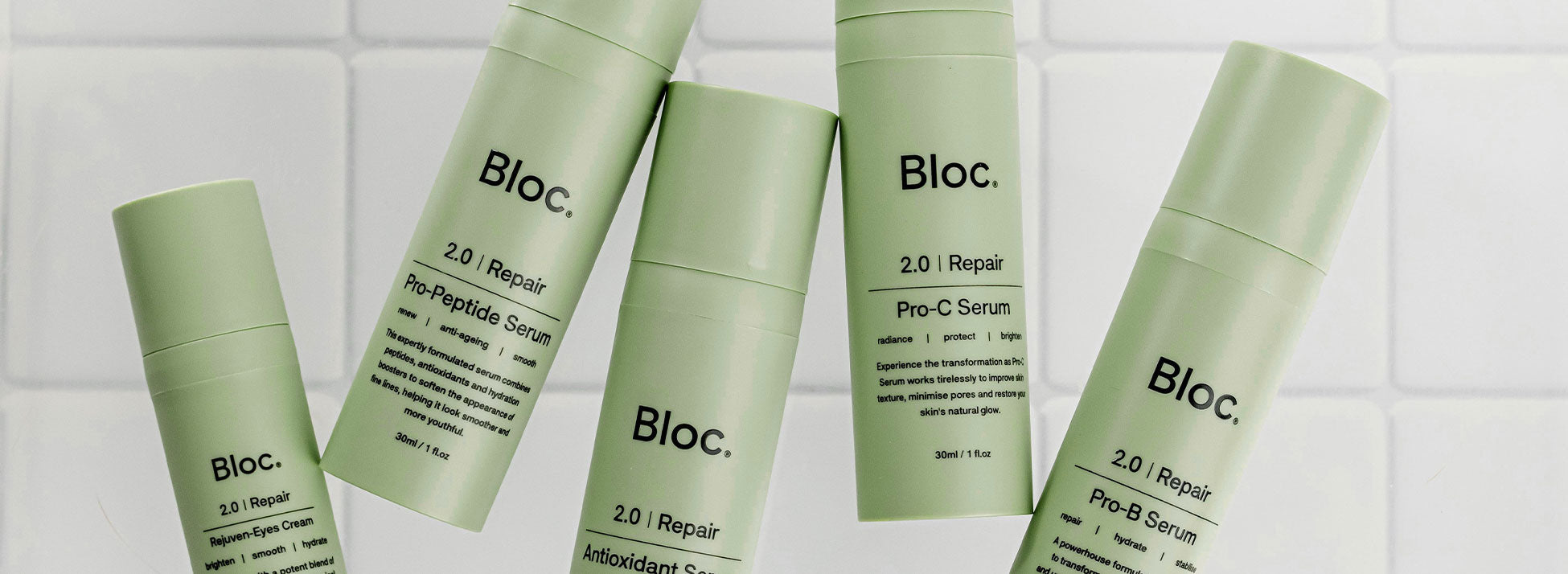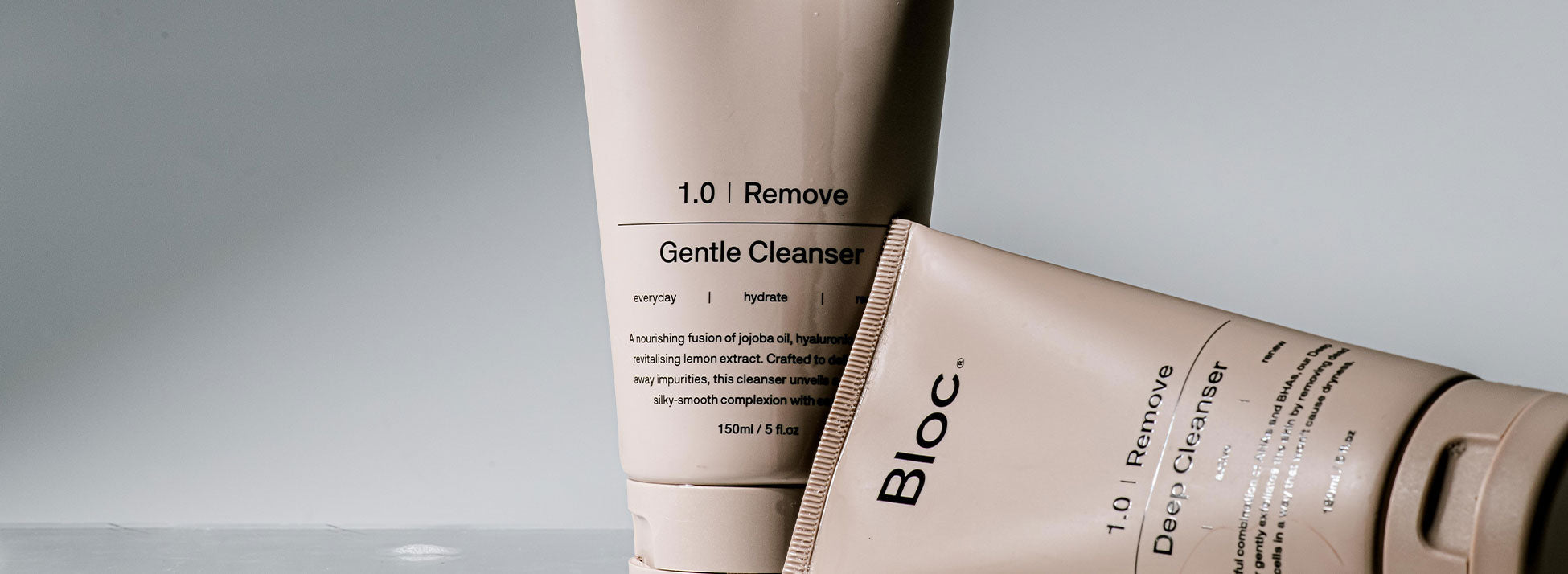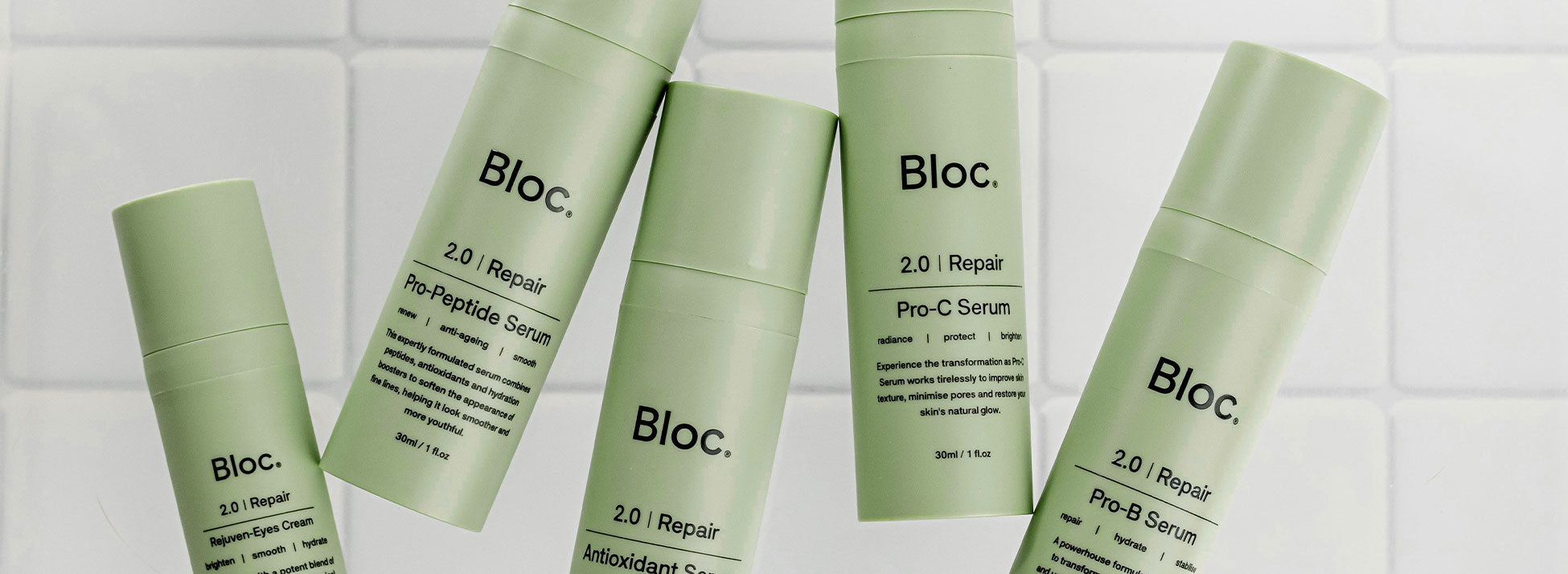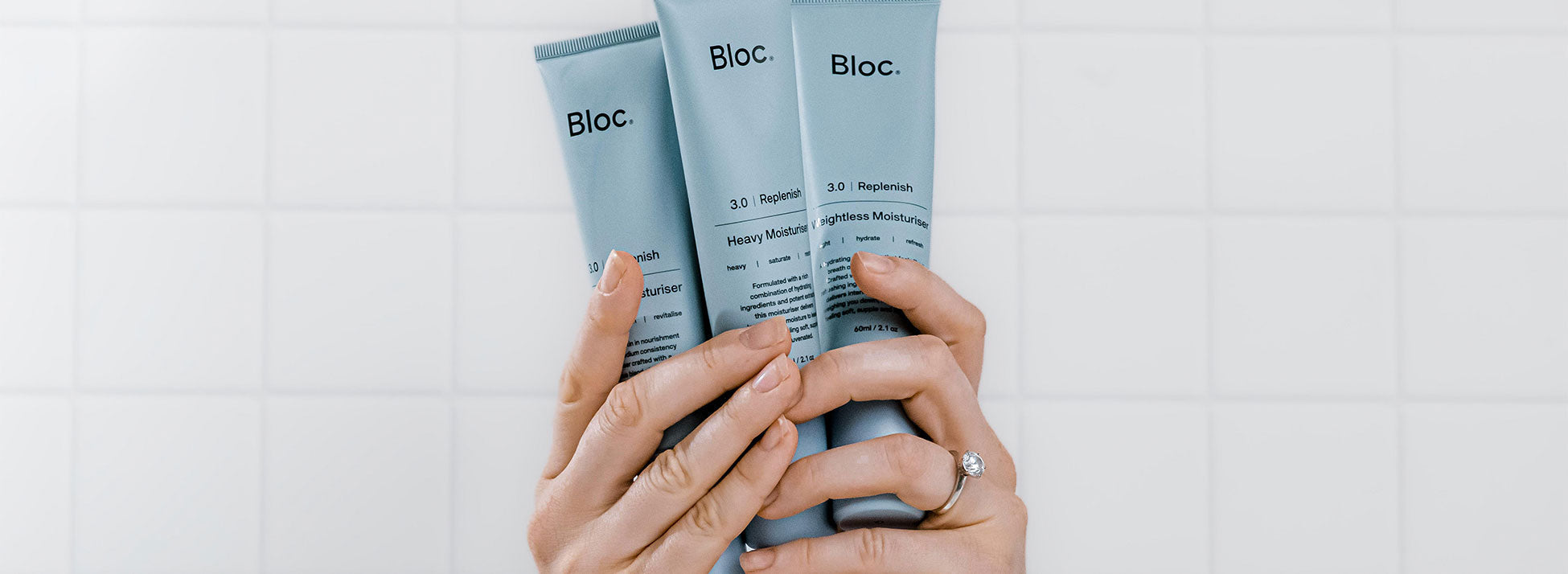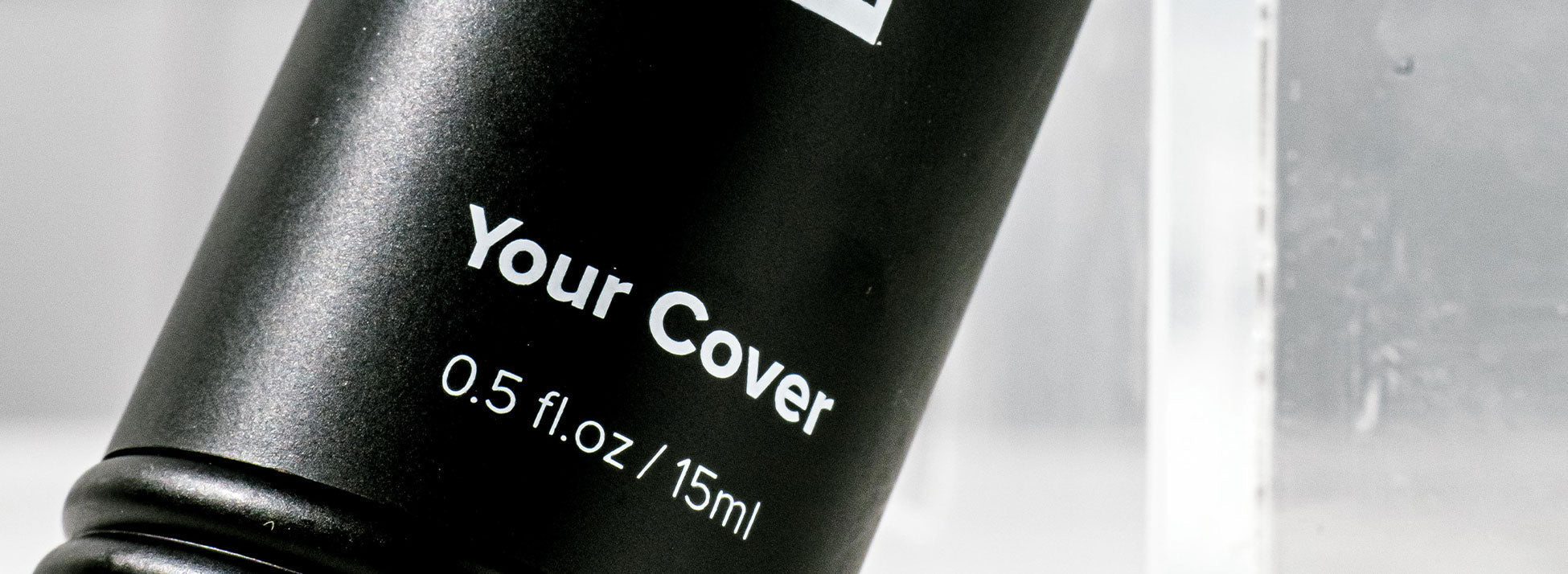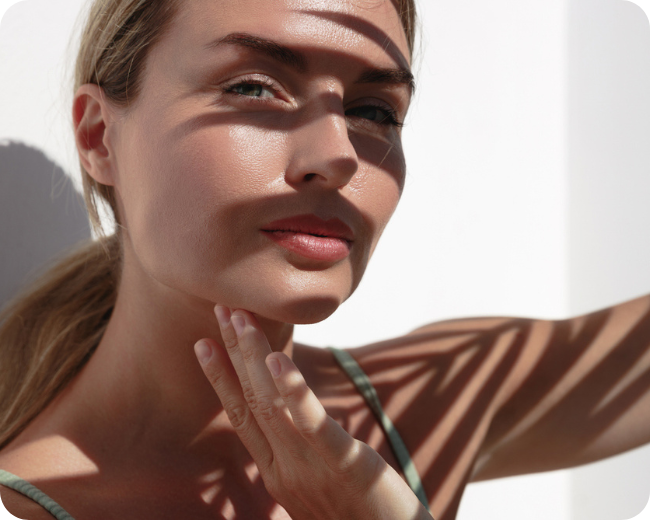Are Mineral or Chemical Sunscreen Sticks Safer in 2025?
Mineral and chemical sunscreen sticks both block UV rays, but they work differently. Mineral sticks (like zinc oxide or titanium dioxide) reflect sun rays, are gentle on sensitive skin, and start working immediately. Chemical sticks absorb UV and tend to feel lighter on skin. Choosing the right one depends on your skin type, preferences, and sun-exposure habits in 2025.
Sunscreen is essential for healthy skin, but not all sunscreens are created equal. In recent years, there has been a noticeable shift toward sunscreen sticks, a solid, mess-free alternative to traditional lotions. As people become more conscious about what they put on their skin, a big question arises: Which is safer - mineral or chemical sunscreen sticks?
If you're trying to choose between a mineral stick sunscreen and a chemical one, this guide will break down the differences, pros and cons, and most importantly - which is safer for your skin and the environment.
Let’s dive in.
The Basics: What Are Sunscreen Sticks?
Sunscreen sticks are compact, solid formulas that you can apply directly to your skin (no pumps, tubes, or greasy hands). They're popular among athletes, traveler's, parents, and anyone who wants convenient, on-the-go SPF protection.
But just like lotions, sunscreen sticks come in two main types:
- Mineral (physical) sunscreen sticks
- Chemical sunscreen sticks
The difference lies in the active ingredients and how they protect your skin from UV rays.
What Is Mineral Stick Sunscreen?
Mineral stick sunscreen (also known as a physical sunscreen stick) uses natural minerals like zinc oxide or titanium dioxide to block UV rays. These ingredients sit on top of your skin and reflect the sun’s rays like a mirror.
Most modern mineral stick sunscreens, especially those labeled zinc sun stick, rely on zinc oxide as their primary active ingredient.
Key Features of Mineral Sunscreen Sticks:
- Broad-spectrum protection from UVA and UVB
- Starts working immediately after application
- Less likely to cause irritation or allergies
- Often labeled as reef-safe
- Gentle enough for babies, kids, and sensitive skin
What Is a Chemical Sunscreen Stick?
Chemical sunscreen sticks use synthetic compounds like avobenzone, oxybenzone, octinoxate, or octocrylene. These chemicals absorb UV rays, convert them into heat, and then release them from the skin.
They tend to have a thinner consistency, which blends well into the skin without leaving a white cast.
Key Features of Chemical Sunscreen Sticks:
- Lightweight and invisible finish
- Takes 15-30 minutes to become effective after application
- May cause stinging or irritation (especially near the eyes)
- Some ingredients have been linked to hormonal disruption or environmental damage
Which Is Safer for Your Skin?
Let’s compare mineral stick sunscreen vs. chemical from a safety perspective.
Mineral Stick Sunscreen:
- Non-comedogenic (won’t clog pores)
- Doesn’t absorb into the bloodstream
- Ideal for sensitive, acne-prone, or allergy-prone skin
- Suitable for children and babies
- Less likely to irritate the eyes
Zinc oxide, in particular, is FDA-approved as the only sunscreen ingredient classified as “Generally Recognised As Safe and Effective (GRASE).”
Chemical Sunscreen Stick:
- Can cause burning or stinging in sensitive areas
- Ingredients like oxybenzone have been found in human blood and breast milk in some studies
- Linked to contact dermatitis or skin allergies
- Not recommended for infants under 6 months
While chemical sunscreens are still considered safe for adults by health authorities, many dermatologists and eco-conscious consumers are switching to zinc sun sticks for better peace of mind.
What About Effectiveness?
Both mineral and chemical sunscreens can offer broad-spectrum SPF 30+ protection if used correctly.
However:
- Mineral sunscreens start working immediately
- Chemical sunscreens need 15-30 minutes to become effective
Mineral sunscreens also reflect UV rays, whereas chemical ones absorb and transform them, which can cause overheating in some users.
If you spend a lot of time outdoors, sweat heavily, or swim, a zinc sun stick is often more water-resistant and longer-lasting than many chemical sticks.
What Should You Look For in a Mineral Stick Sunscreen?
When shopping for a mineral stick sunscreen, here’s what to check:
- Active ingredient: Look for non-nano zinc oxide
- SPF 30 or higher
- Broad-spectrum protection
- Reef-safe and eco-friendly labels
- No added fragrance or alcohol (especially for sensitive skin)
- A Moisturising base like shea butter, coconut oil, or sunflower oil
- Tinted or clear options depending on your skin tone
Pro Tip: Zinc sun sticks are great for targeted areas like the nose, forehead, ears, lips, and under the eyes.
Common Myths About Mineral Sunscreens
- Myth “They’re too thick and leave a white cast.”
- Fact New formulas with clear zinc blend in beautifully.
- Myth “They’re not as effective as chemical sunscreens.”
- Fact Mineral sunscreens are just as effective and often more stable in sunlight.
- Myth“They’re only for sensitive skin or kids.”
- Fact Everyone can benefit from clean, non-toxic sun protection.
Final Verdict: Which Should You Choose?
If you want the safest, most skin- and eco-friendly sun protection, a mineral stick sunscreen - especially one made with zinc oxide - is the clear choice.
It’s:
- Safe for daily use on all skin types
- Gentle enough for kids and sensitive skin
- Friendly to oceans and coral reefs
- Easy to carry and apply wherever you go
While chemical sunscreen sticks still have their place for certain use cases (like makeup layering or water resistance), the rising demand for clean, conscious skincare makes the zinc sun stick the smarter, safer pick in 2025.

